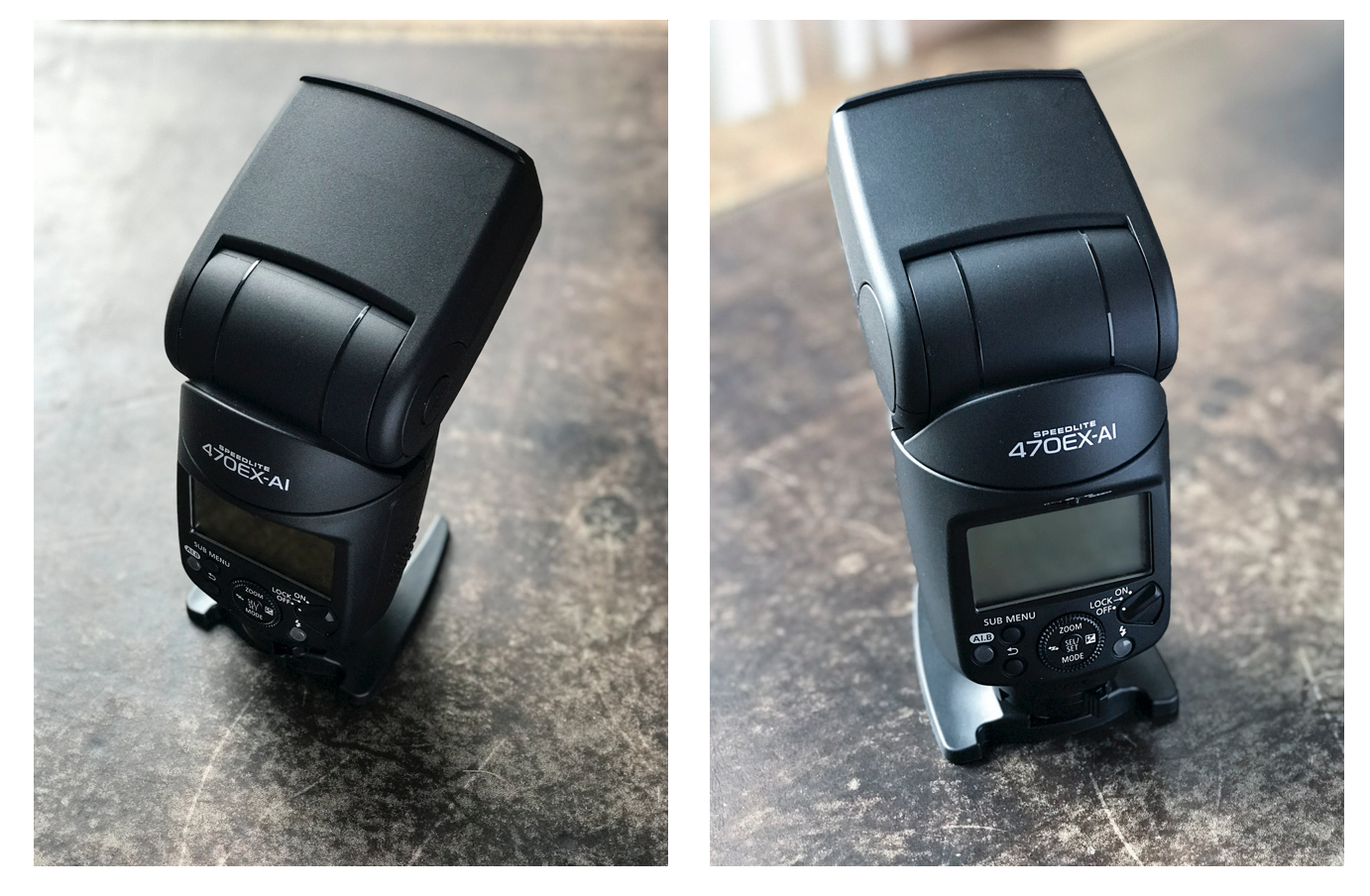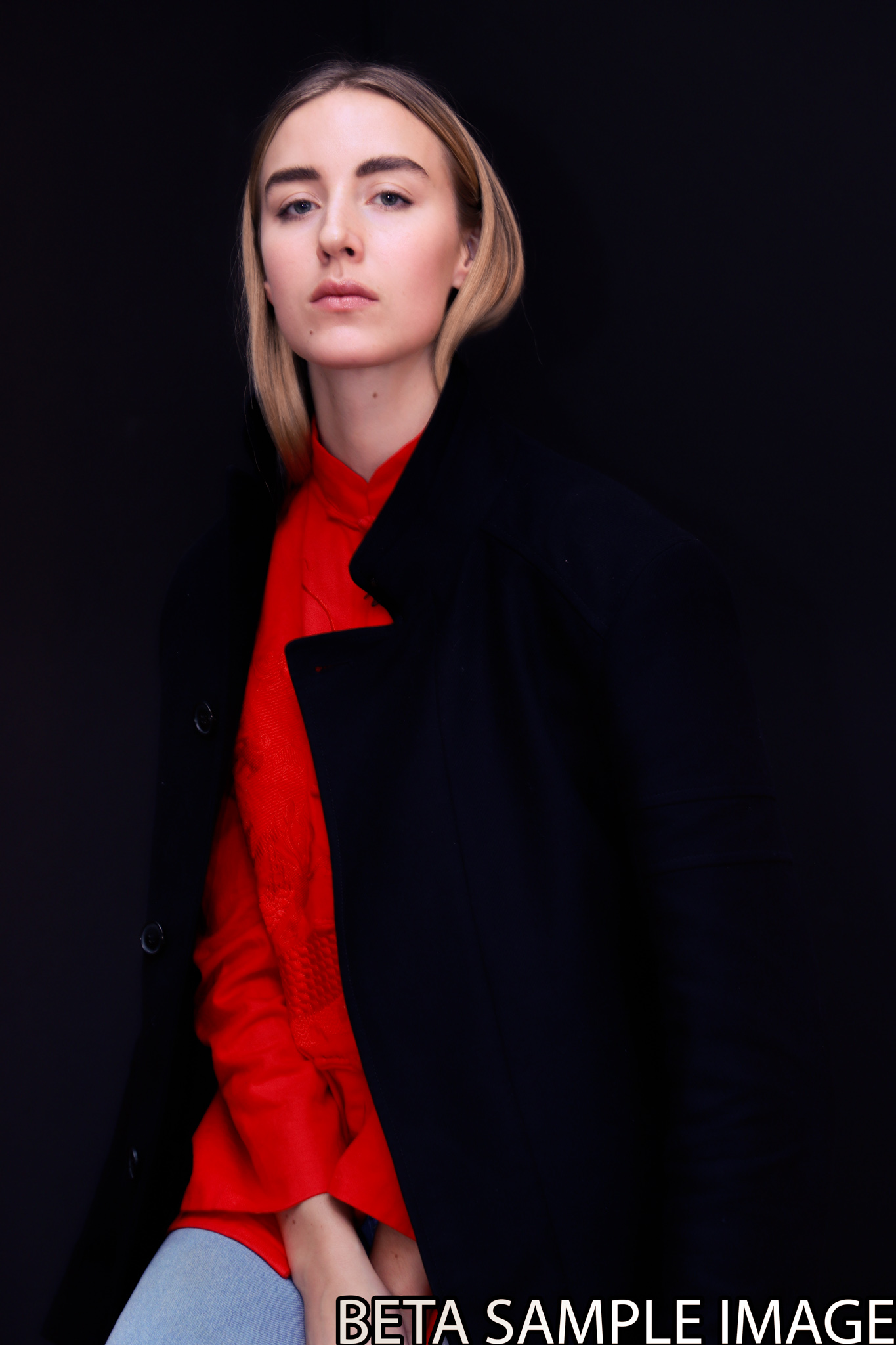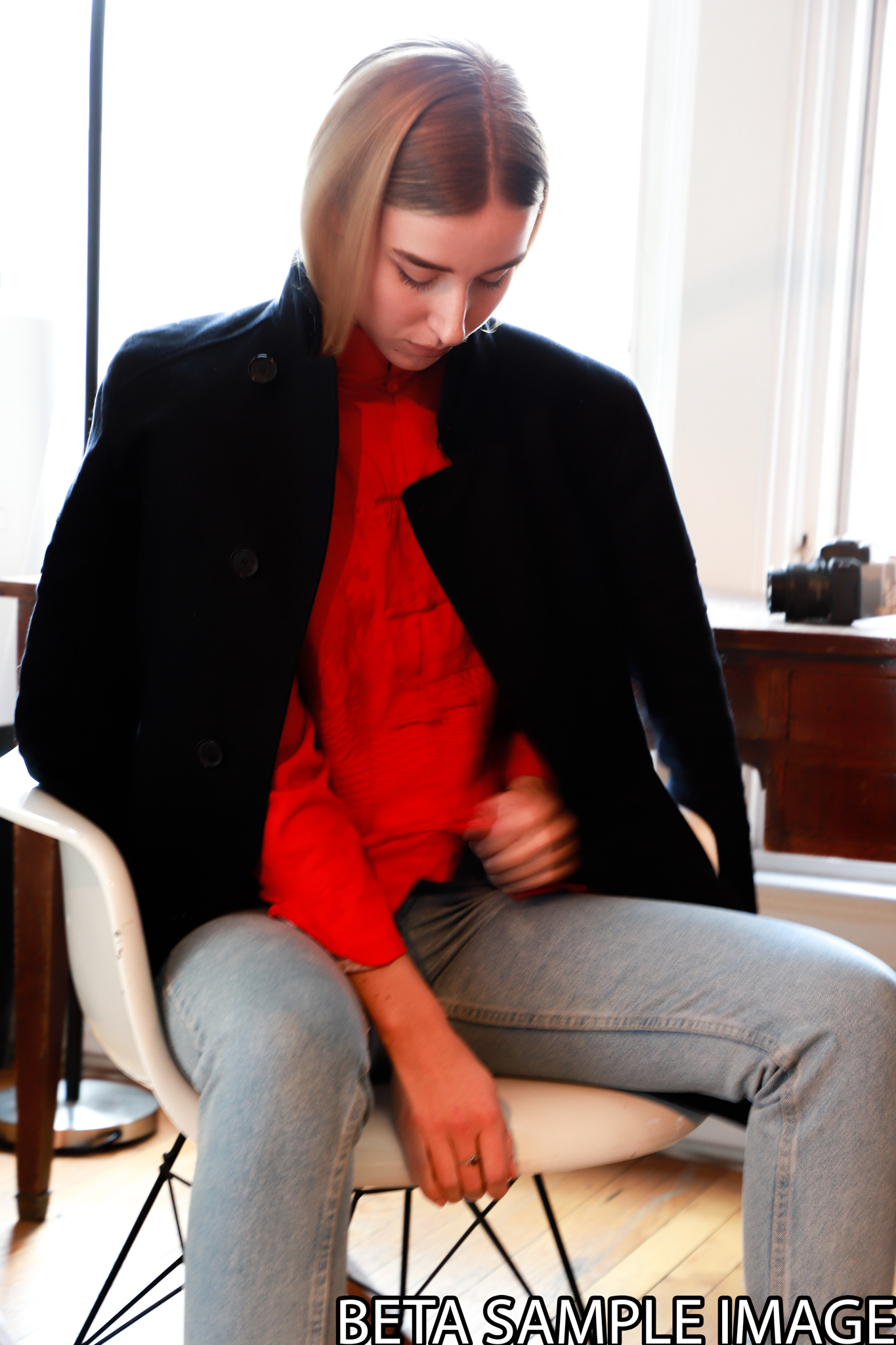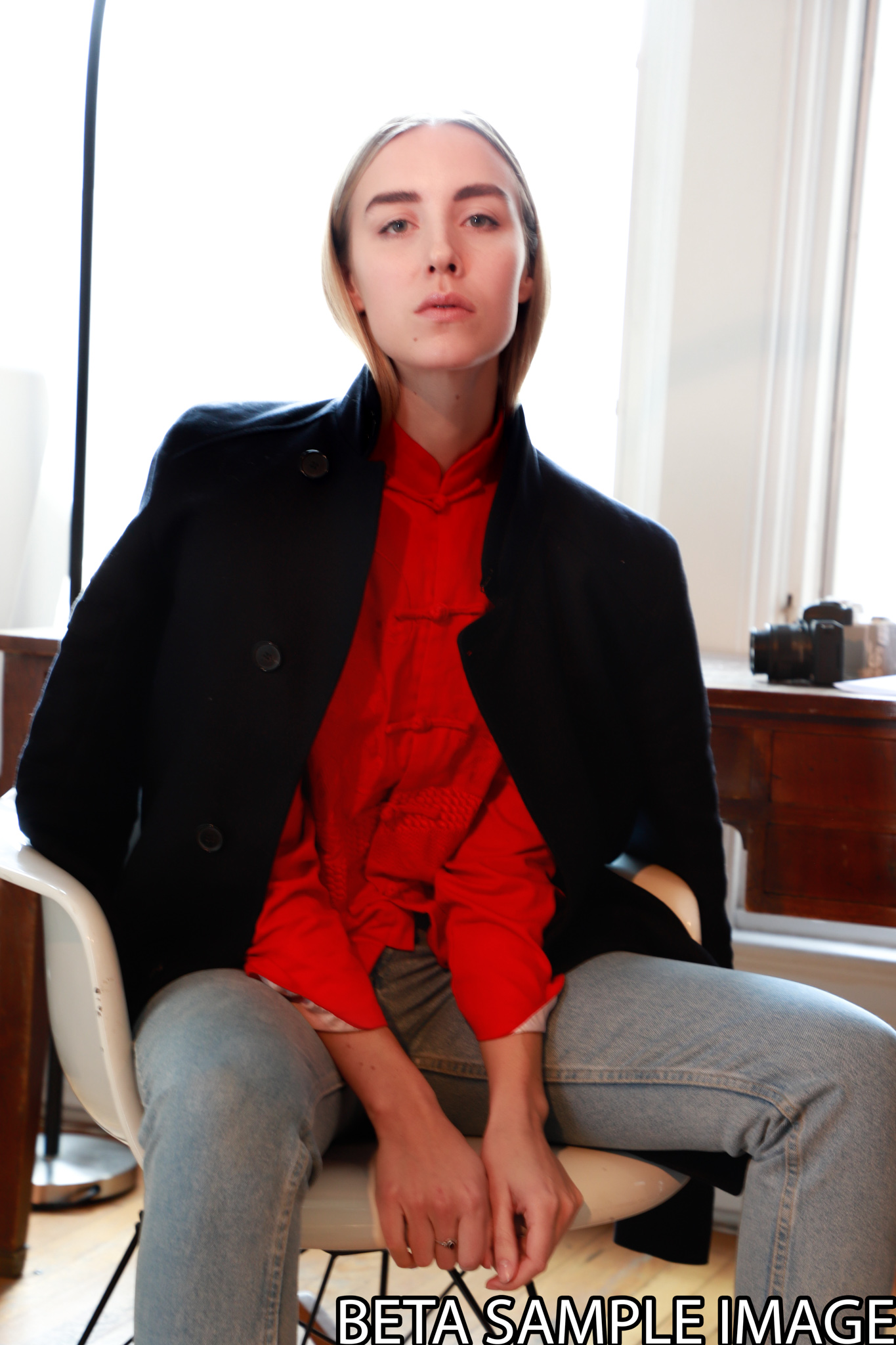Canon’s EOS Flash system is a bit more robust than many might be aware, and more varied. As of today it there are now 13 flash options from the very basic Speedlite 90EX, up through the Macro Twin Lite MT-24EX rig, the flagship Speedlite 600EX II-RT, and now the 470EX-AI, which we had a chance to shoot with a week ago.
That flash line-up from Canon that began in the late 80’s has stretched a typical evolutionary gamut, but it wouldn’t be a stretch to consider this newest offering the biggest evolution yet. In fact, it’s fair to say we’ve not seen anything quite like the Speedlite 470EX-AI from Canon or any other manufacturer, period.
So the name is a bit of a mouthful and the ‘Ai’ at the end of it is sure to cause misconceptions. As such, let’s clarify right here that while the natural inclination is to associate the initialism ‘Ai’ with artificial intelligence, in actuality it stands for ‘Auto-Intelligent’-Bounce, and ‘bounce‘ is this new flash’s signature imprimatur. The whole existence of the unit is predicated on the value of ‘bounced’ light, and the 470EX-AI‘s party trick is that it will move and take distance measurements of your subject (and the room), all on its own, all in an effort to select the best angle and setting for the best bounce.
What occurs when the unit decides on an angle and such? As long as you’re within 25ft of the bounce surface the scene it lights is generally soft and well exposed. Right out of the box it’s not the most creative, but it does remove an element of guess-work for those looking for the look it provides.
Anyone who has either set a toe in the waters of flash photography or gone in head-first will be familiar that when using any flash/strobe the size of the light source is always a critical consideration, if not the first.
Speaking in a manner of generalities, the light that we consider ‘good’ is soft, and soft light is typically the result of a large source – unlike that of a small strobe or on-camera Speedlite like the 470EX (source size relative to distance from subject matters here…). To make up for the diminutive size, we learn quickly to aim the light at a larger source (like a ceiling) to ‘bounce’ it back to the subject, which has the effect of broadening out the light spread, effectively turning the small light source into a large one, at the cost of some power.
This can work extremely well to provide a softly lit correct exposure, but only if you know how to set the right angle to achieve the best results, and power settings for the best exposure. The 470EX-AI takes the guess work out of the equation on both fronts.
As it uses ETTL it can measure the scene to find the best output settings for correct exposure, and it will also measure the distance between the subject and the ceiling in order to select the ideal angle for optimal bounce, move itself into that position quickly, thus allowing you to achieve that look with more ease, speed, and fluidity than ever.
All of this automation is a bit of a double-edged sword, though. The benefits are rather obvious and also whom they apply. The very nature of automating bounce angle suggests this is aimed at those who are either uncomfortable with manual flash input, or inexperienced but looking to still bathe their subject in soft light.
The thing is though, bounce angle isn’t necessarily difficult to learn, and what the unit does not take into consideration is artistic license. What that means is that it essentially has its own programmed bias as to what it believes would look best, but that doesn’t make it necessarily provide the look you want. You may not want the level of softness it decides upon, not with that angle, et cetera.
Of course, you can always use this in a completely manual way in, but really the reason you buy this flash before any others is to take advantage of its unique intelligent ways. Luckily, there is an in-between.
The 470EX-AI doesn’t only move angle of tilt on its own, but also rotates/swivels on its own (as well as through manual input), and that opens up a much broader spectrum of ways to use your flash, pose your subject, and generally get creative with your imagery.
One immediate way a user will see this is when changing the orientation of your camera from landscape to portrait. Normally in this circumstance the photographer would have to manually adjust the flash head to point into the same direction as in landscape in order to get the same exposure, but with the 470EX-AI there is no need; a quick double-tap (half press) of the shutter-release button will see the flash-head maneuver itself into position to fire at the same angle as it was doing in landscape, so you can transition between orientations seamlessly while maintaining consistency in your looks. Alternatively, you can keep the shutter-release button half-pressed and the flash will continually move into position as you change.
All of the aforementioned is predicated on setting the 470EX-AI in it’s fully automatic ‘F AI-B’ mode, which essentially drives your choices and takes the decision-making out of your hands. However, as alluded to above, you’ll often want to execute a vision a flash can’t predict, whilst at the same time have a little help in setting or keeping some of the parameters. For such instances, perhaps more interesting than the AI-B mode is the 470EX-AI’s semi-automatic mode.
In the ‘S AI-B’ (Semi Auto-Intelligent Bounce) you are able to more freely execute your photographic expression whilst maintaining some of the 470EX-AI’s automatic movement benefits. For those times you are more decided about how you want your shot to look and thus more adept at choosing the angle of bounce, you can set your preferred angle in either orientation and then as you move the 470EX-AI will maintain that angle for you. This is perfect for times you’d like to bounce off a wall or V-Flat or something other than a ceiling.
Canon is calling for the 470EX-AI to be used indoors, and of course that would make sense given its full auto functionality with ceiling bounce. However, being able to set your own angle means you can take much of the benefit of this flash outdoor and bounce off whatever you please if you’re comfortable with taking a bit more control. I didn’t get a chance to test this as I shot with it in a studio, but in theory it should still work, and that is an appealing prospect.
Who Is It For?
In actual use the unit moves more fluidly and quickly than one might assume; with no jittery glacial movements that will have you waiting long between shots, and whatever time you do wait is brief compared to manually adjusting the head. With this you can keep your eyes glued to the viewfinder and change orientation and not have to stop.
It’s certainly geared fo the beginner, or for those in certain environments who know they can benefit from it’s ability, like wedding photographers, event photogs, and portrait photographers. That said, for a working pro it’ll be a small niche who will likely see the benefit, particularly because there is no built-in radio, which I think is an omission. I think had I been able to put it off-camera and moved around while still having the AI function it would’ve been even more appealing. So really it’s for those who want to get some use of flash but not have to worry about the technicalities. The price, $399, could be prohibitive of that, and time will tell.
[REWIND: Canon Announces EOS M50, EOS Rebel T7 & Speedlite 470EX-AI Flash]
Any sage in photography that offers good advice quality and characteristics of your light will have a greater effect on your photography than just about anything else, and it’s also the key to expressing yourself to the fullest. Something like the 470EX-AI can be of real benefit for those just starting off with flash photography, and those who know the limitations of on-camera flash but know how to get the best out of it and want to do so with speed and ease: wedding photographers, portrait shooters, and run-and-gunners come to mind.
470EX-AI Speedlite Features At A Glance
– World’s first flash equipped with an AI Bounce function
– AI.B Full-auto mode and AI.B Semi-auto Mode settings
– Maximum guide number of 47 (154 ft./47m) at ISO 100
– AF-assist beam is emitted in low-light scenes
– Zoom flash head range of 24-105mm **
– Flash exposure adjustment range of ±3 stops in 1/3 or 1/2 step
– Broad bounce angle range of 0-120° upwards, 180° to the left and 180° to the right
– Optical Receiver mode for off-camera triggering
– Charge status is indicated in the LCD panel
– Mini stand and a new bounce adapter accessories included



















